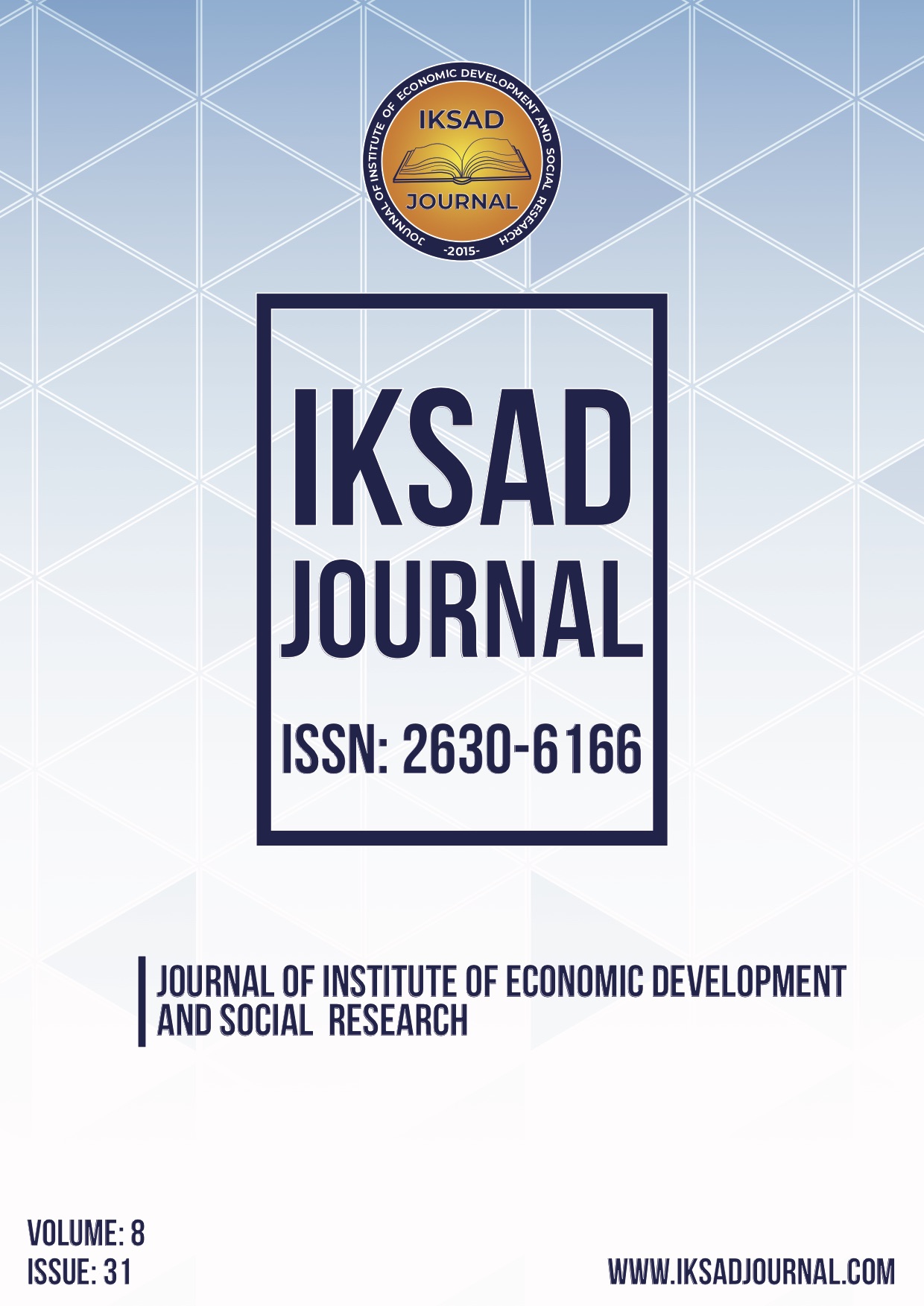DIAGNOSIS AND MANAGEMENT OF HYPERPLASTIC GINGIVITIS IN ACUTE LEUKEMIAS
DOI:
https://doi.org/10.31623/iksad083102Keywords:
hyperplastic gingivitis, acute leukemias, diagnosis, combined chemotherapyAbstract
Objectives: The purposes of the study were to evaluate the diagnostic features and management of hyperplastic gingivitis (HG) in the acute leukemias (AL). Methods: The study may be considered as analytical and descriptive. The following research modalities were used: epidemiological, analytical, data transfer, descriptive statistics. The AL patients have been followed up and treated at the Institute of Oncology between 2012-2020. The diagnosis was proved by the bone marrow aspiration (BMA) with cytochemical reactions, tissue biopsy or fine needle aspiration cytology. The immunotyping was performed in the selected cases. The type of myeloproliferative disorder was identified according to the Revised WHO classification of the myeloid neoplasms, approved in 2018. The review of the literature is based on a study of 17 references. Results: Gingival tissues are considered more susceptible to leukemic cell infiltration because of their microanatomy and expression of endothelial adhesion molecules which boost infiltration by leukocytes. The HG may be observed in the non-lymphoblastic AL with a frequency of 3% to 5% of patients receiving anti-leukemia chemotherapy at the referral centers [Fatahzadeh M., Krakow A. M., Spec. Care Dentist, 2008]. We report a study of 5 cases with HG due to the myelo-monoblastic (M4) and monoblastic (M5) AL. The leukemia patients were admitted to the Institute of Oncology with a history of fatigue, anorexia, headache, gingival bleeding and enlargement initially identified by a family doctor from the consulting centers of the municipal hospitals. Clinical examination showed marked anemic syndrome, mild to moderate splenomegaly and slight hepatomegaly. ECOG-WHO performance status score was 2-3. The intra-oral examination revealed the generalized gingival hyperplasia. There was a fair amount of plaque and calculus, but did not justify the degree of enlargement. On palpation, the gingiva was spongy and painless, with solitary sectors of necrosis. Blood count: Hb 66-101 g/l, er. 2.3-3,7 x 1012/l, leuk. 12,1-35.2 x 109 /l, plt. 54.0-115.0 x 109 /l, ESR 23-50 mm/h, blast cells 17-42%. The BMA detected hypercellularity, red cell line hypoplasia, the elevated rates of myeloid blast cells (31.0-48.0%) and monocytes (9.0-12.0%). HG regressed only in 3 of 5 patients after obtaining the complete hematologic response under the combined chemotherapy. Conclusions: In AL the gingival hyperplasia is secondary to infiltration of the gingival tissue with blast cells, but may be mixed up with the benign conditions during the intra-oral examination. The HG may regress completely or at least partially under an efficient chemotherapy
Downloads
Published
How to Cite
Issue
Section
License

This work is licensed under a Creative Commons Attribution-NonCommercial 4.0 International License.


